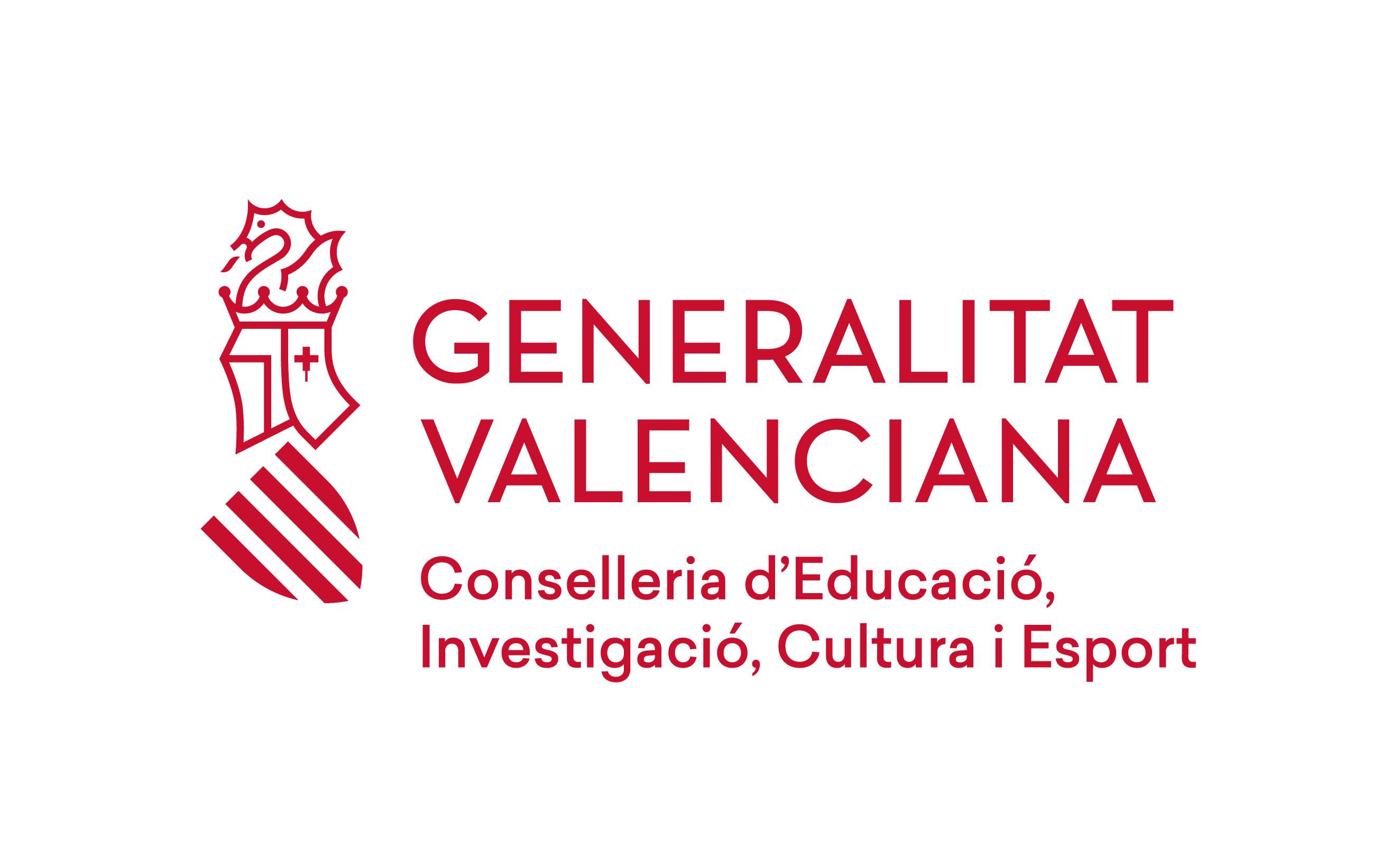
Agency
Lab
Area
Years
Grant Number
Partners
Servicio de Neurorrehabilitación y Daño Cerebral de los Hospitales NISA
Description
Upper extremity hemiparesis is the most common disability after stroke. An injury to the brain involving the primary motor cortex and/or the corticospinal tract usually affect the voluntary control of the contralateral skeletal musculature. The result, depending on the extent and location of the lesion, is mainly paresis of the contralateral limbs. The mechanism of motor recovery after stroke may involve reorganization of the surviving networks, which take over functions that previously involved the affected tissues. The UMBRELLA project will develop a novel mixed reality-based tabletop system for the rehabilitation of the upper extremity function that will allow hemiparetic individuals to interact with a set of exercises designed to promote the motor learning mechanisms that enhance function recovery. Subjects will interact with movements of their arm and hand and through the use of tangible objects. The project will also determine the clinical efficacy and acceptance of an experimental intervention using the system in a sample of chronic hemiparetic individuals post-stroke.

